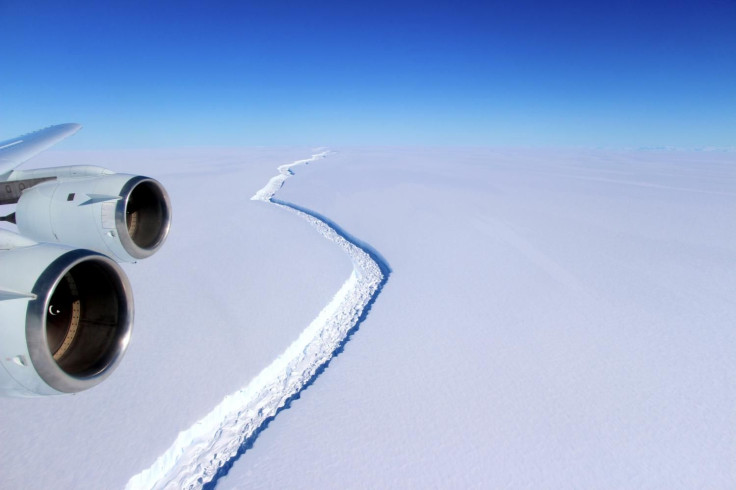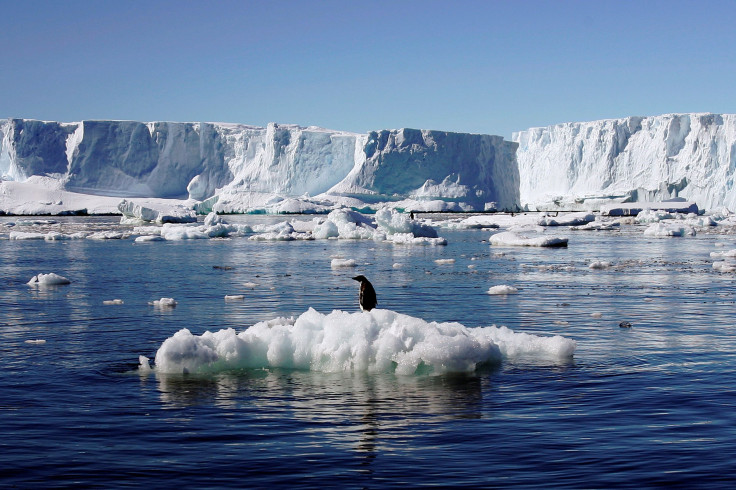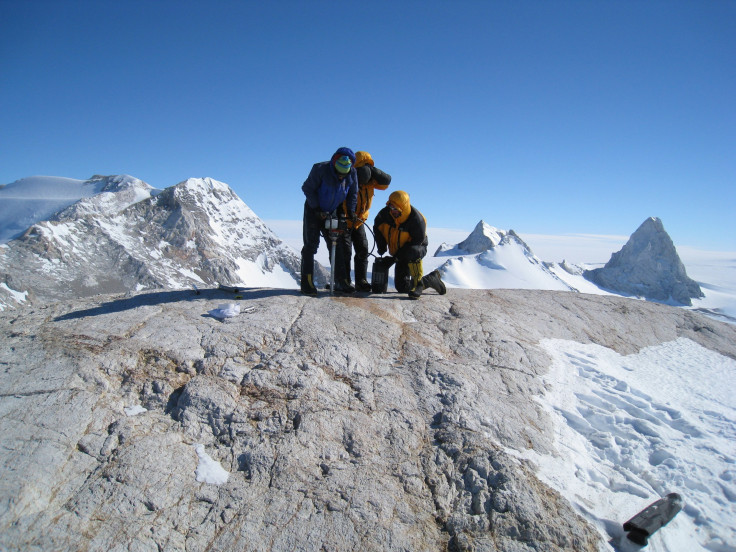Antarctica Ice Sheet Loss In West More Than Gain In East, Central Parts Stable

Among the flurry of Antarctica-related scientific publications this week, the two latest open-access papers shed light on the stability of the central ice sheet, and the dynamic between losses in the west and gains in the east. Both papers, however, warn of the precarious situation of the ice sheet.
One paper that appeared online Thursday analyzed the mass gain seen in the East Antarctic ice sheet, and compared it with losses in the West Antarctic sheet. A 2015 study, led by NASA scientists, had used satellite data to suggest that the accumulation of ice in the east was compensating for all the melting and calving happening in the west. But the new paper disputes that.
Read: New Rift Branch In Antarctica’s Larsen C Ice Shelf
Published in the journal Geophysical Research Letters under the title “Constraining the mass balance of East Antarctica,” the study was led by researchers from the University of Bristol in the United Kingdom, and involving scientists from the University of Wollongong, Australia.

Jonathan Bamber from the University of Bristol said in a statement Friday: “We used similar data sets to the NASA team but added other satellite data from a mission called the Gravity Recovery And Climate Experiment (GRACE) to help solve for mass gains and losses. We then conducted different experiments, using similar assumptions made in the NASA study but found that in every experiment, mass loss from the west always exceeded gains in the east.”
Over the 10-year study period from 2003-2013, Antarctica as a whole contributed to sea level rise, the study found. Additionally, it concluded that the gains in the east were three times less than the 2015 study suggested.
Read: New Glacier Study Questions Rate Of Ice Loss In Antarctic Peninsula
The East Antarctic ice sheet is the largest on Earth, and at about 10 times the size of its western counterpart, has the potential to raise global sea levels by as much as 50 meters (almost 165 feet).
The other study, which appeared in the journal Earth and Planetary Science Letters, analyzed rock samples from the Heritage Range of mountains in southwest Antarctica. And the researchers found that the central ice sheet on the continent has been stable over the last one million years, starting from a time when the region was about 20 degrees Celsius warmer than it is now.

Scientists from the universities of Edinburgh and Northumbria in the U.K., who authored the study titled “The million-year evolution of the glacial trimline in the southernmost Ellsworth Mountains, Antarctica,” said the stability of the central parts of the ice sheet did not allay concerns over its vulnerability at the coastlines.
“These findings help us understand how the Antarctic Ice Sheet has evolved, and to fine-tune our models and predict its future. The preservation of old rock surfaces is testimony to the stability of at least the central parts of the Antarctic Ice Sheet – but we are still very concerned over other parts of Antarctica amid climate change,” David Sugden of the University of Edinburgh, who was one of the study’s co-authors, said in a statement Friday.
© Copyright IBTimes 2024. All rights reserved.





















